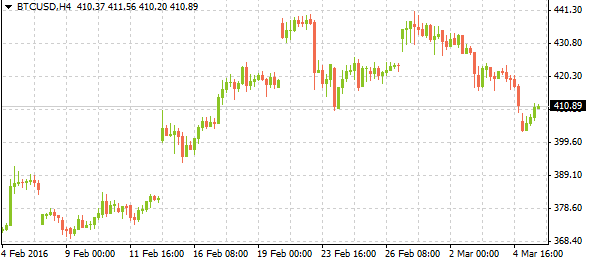February’s official figure from the People’s Bank of China, illuminating the volume with which Chinese foreign currency reserves have been spent printed at a $28.60 billion monthly total, slowing significantly from January’s near $100.00 billion outflow yet still an enormous worry for policymakers in the country. A more serious issue is less discussed and even lesser known: the total real value of capital escaping China, with the latest estimate at $1.00 trillion in 2015 alone according to Bloomberg. Capital controls are meant to fight exoduses like this, with the total of foreign currency reserves thus far measured at $3.20 trillion, and policymakers are currently adjusting their strategy to stem this number. Money that is leaving China is likely going toward places with real estate markets like Canada and California that are considered haven assets, where homes hold their value better than hard currency.

The various policies implemented in order to stimulate investment and sustainable growth are having a difficult time taking hold, mostly evidenced by the stubborn situation even after a large number of easing measures, the latest of which was a cut to the reserve ratio requirement by 50 basis points to 17.00%. Many expected that the other common form of stimulus, a cut to interest rates, would materialize alongside the ratio requirement cut, but policymaker warnings that this was not feasible were not heeded. The optimism has added some short-term momentum to Chinese equities but this development is probably temporary, with the amount of money leaving China unrevealed yet obviously still growing. A popular alternative currency and one that has lately been largely risk-averse is Bitcoin (BTC-eUSD), whose ease of transfer and liquidity have undoubtedly aided outflows.
